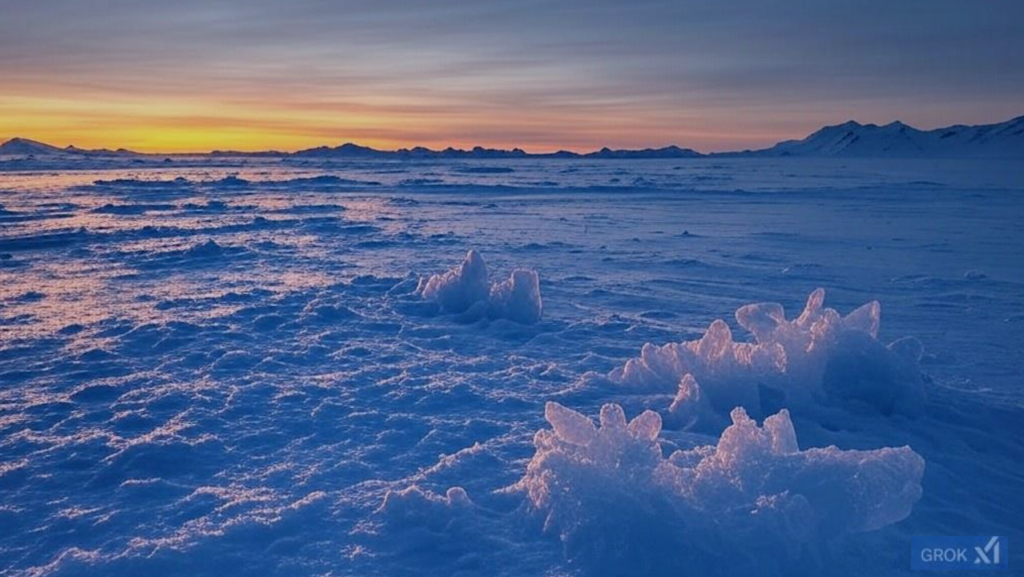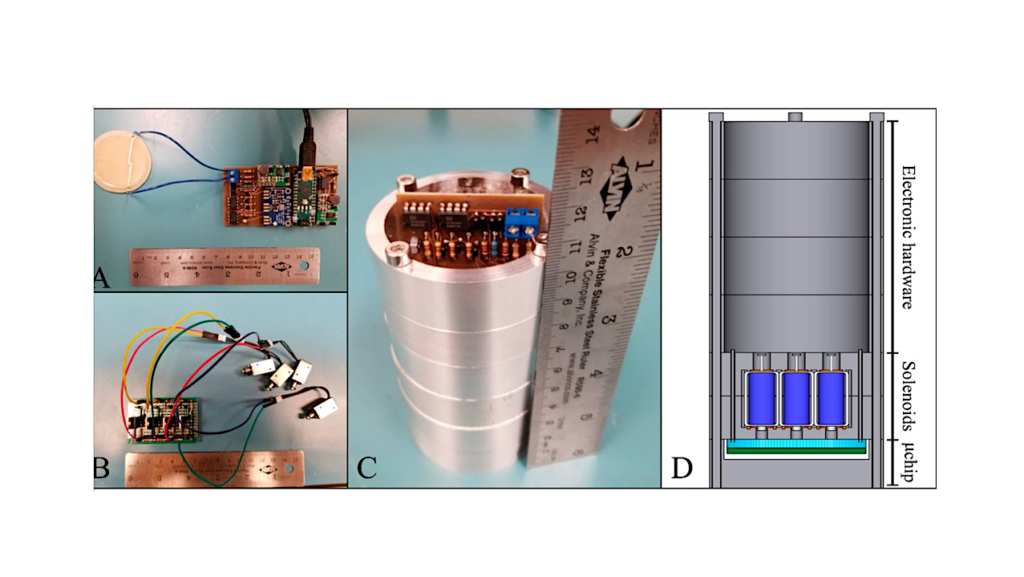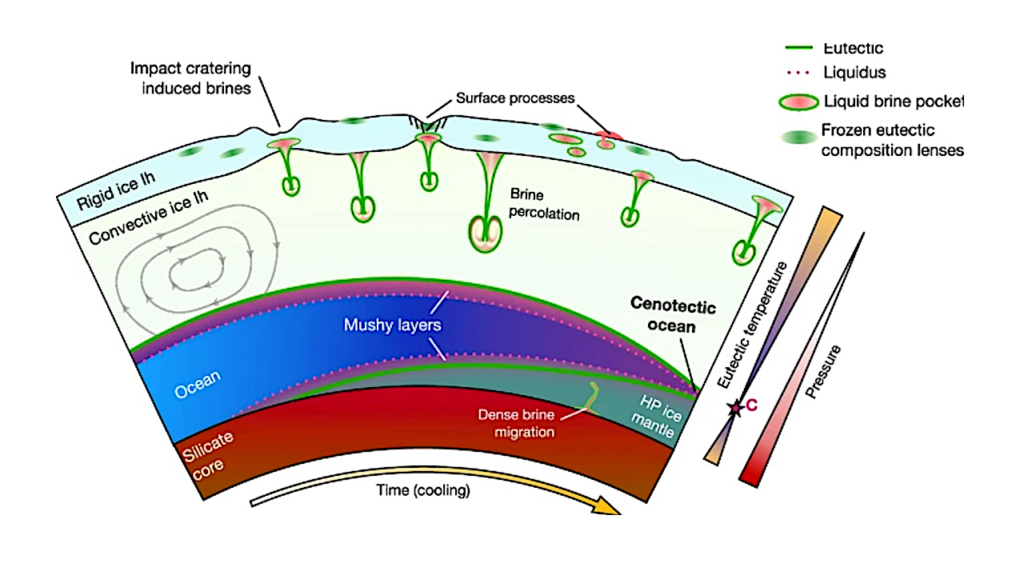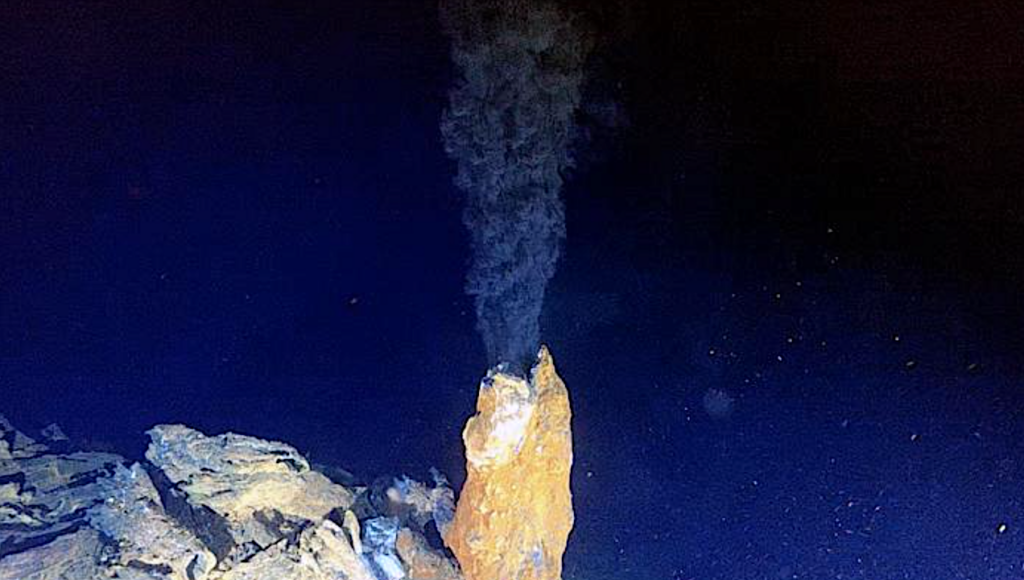The Origin and Fate of O2 in Europa's Ice: An Atmospheric Perspective

The early prediction and subsequent detection of an O2 atmosphere on Europa, coupled with the discovery that Europa has an ocean under its ice mantle, has made this moon a prime astrobiologic target, soon to be visited by the JUICE and Europa Clipper spacecraft.
In spite of the considerable number of observational, modeling, and laboratory efforts, understanding the physics leading to the observed morphology of Europa’s near surface O2 atmosphere has been problematic. This is the case as the observed emissions depend on the local incident plasma ion flux, the local temperature and composition of the regolith, as well as on the near surface electron temperature and density. Here we rely heavily on earlier reviews briefly summarizing the observational, laboratory and simulation efforts.
Although it is agreed that radiolysis of the surface ice by the incident Jovian plasma is the ultimate source of observed O2, a recent, simple model of thermal desorption from a regolith permeated with O2 has changed the usual paradigm. This suggests that the observed orbital dependence of the local source of the near-surface O2 atmosphere is due to thermal release of O2 likely trapped on the ice grains at dangling bonds with a smaller contribution due to direct sputtering. This could also impact our understanding of the suggestion that the radiolytic products in Europa’s regolith might be a source of oxidants for its underground ocean.
Robert E. Johnson, Apurva V. Oza, Francois Leblanc, Carl Schmidt, Tom A. Nordheim
(Submitted on 27 Apr 2018)
Comments: 25 pages, 7 figures, Submitted to Space Science Reviews
Subjects: Earth and Planetary Astrophysics (astro-ph.EP)
Cite as: arXiv:1804.10589 [astro-ph.EP] (or arXiv:1804.10589v1 [astro-ph.EP] for this version)
Submission history
From: Apurva Oza
[v1] Fri, 27 Apr 2018 16:54:17 GMT (1100kb)
https://arxiv.org/abs/1804.10589
Astrobiology







